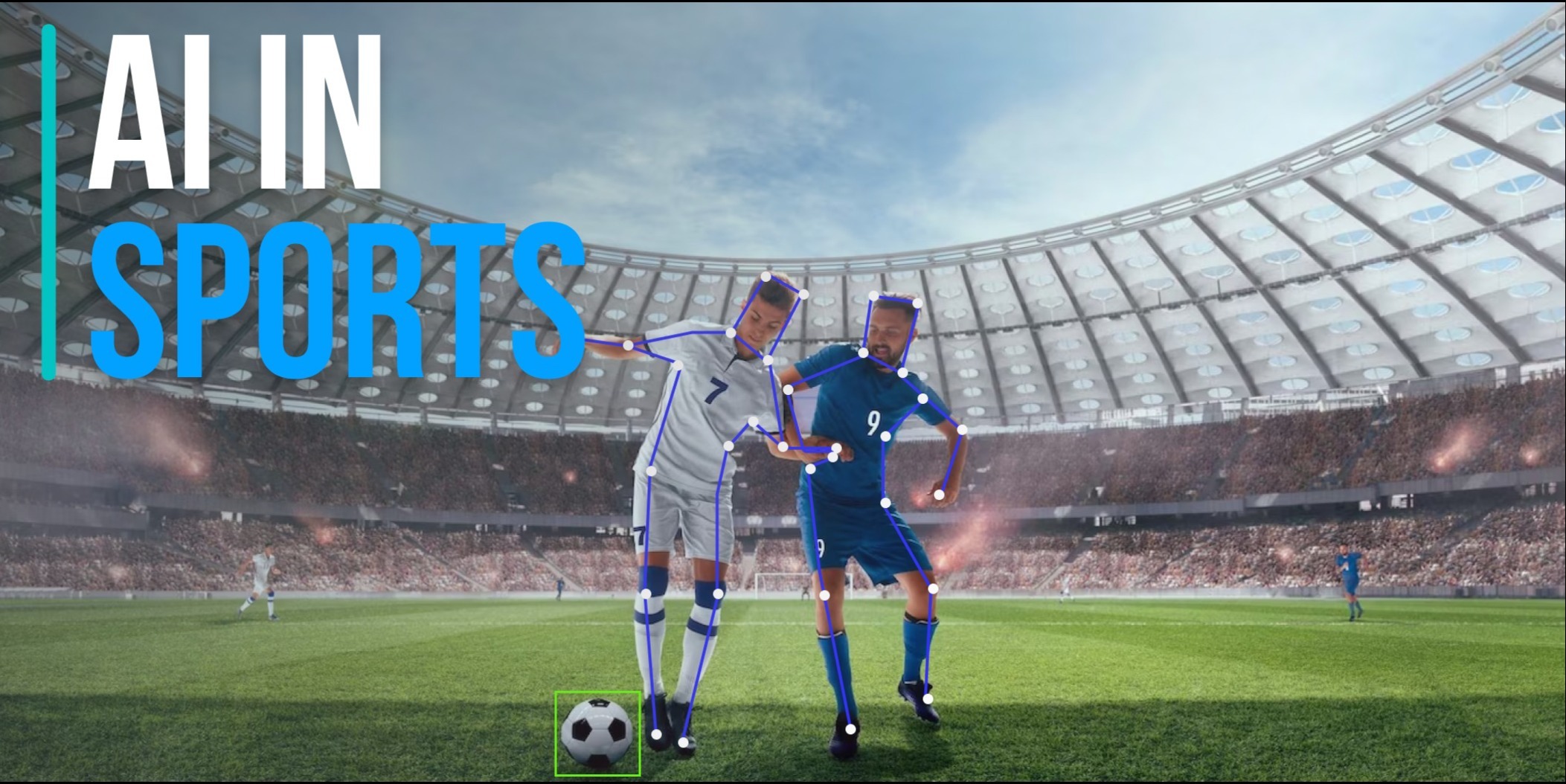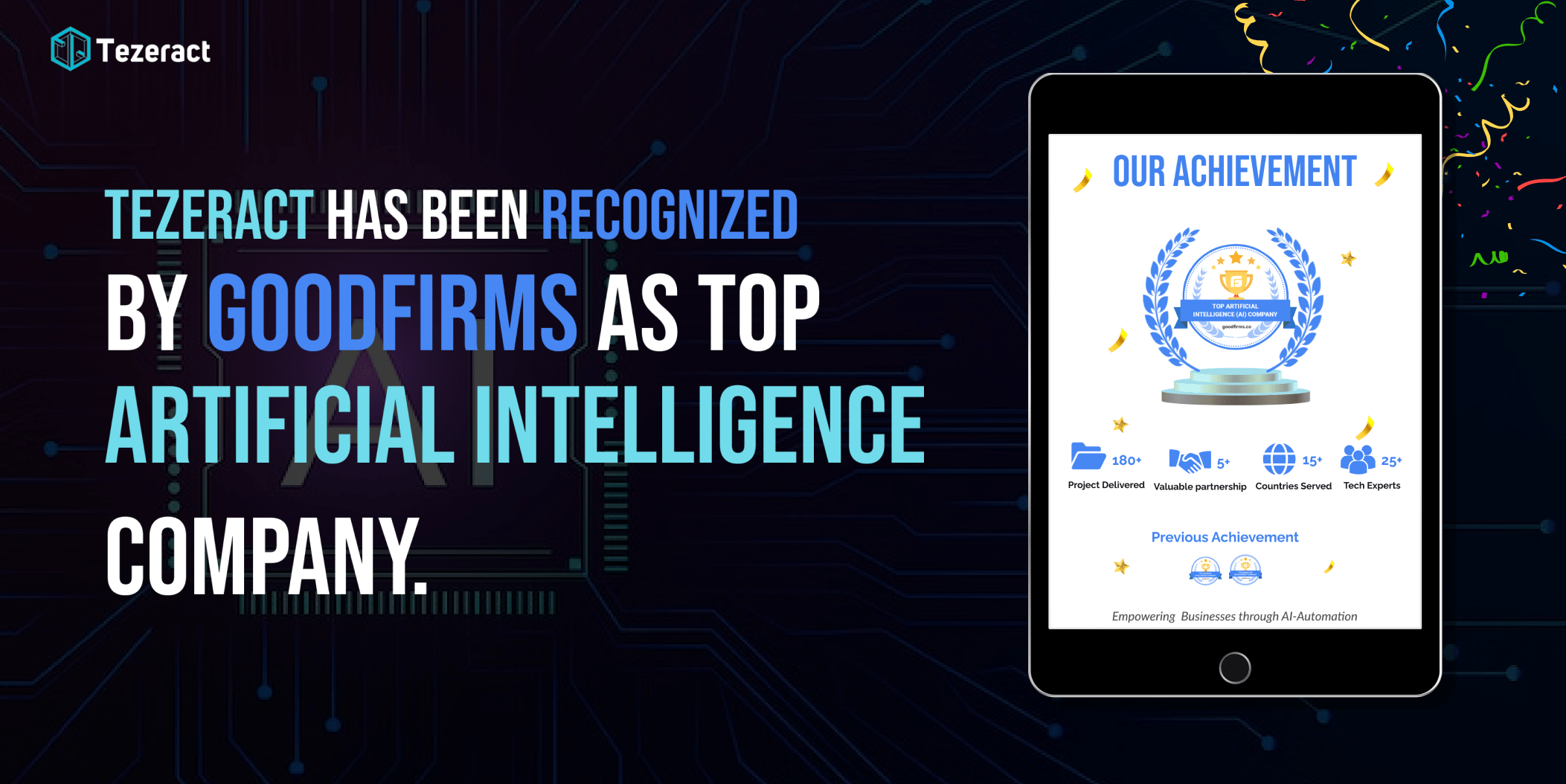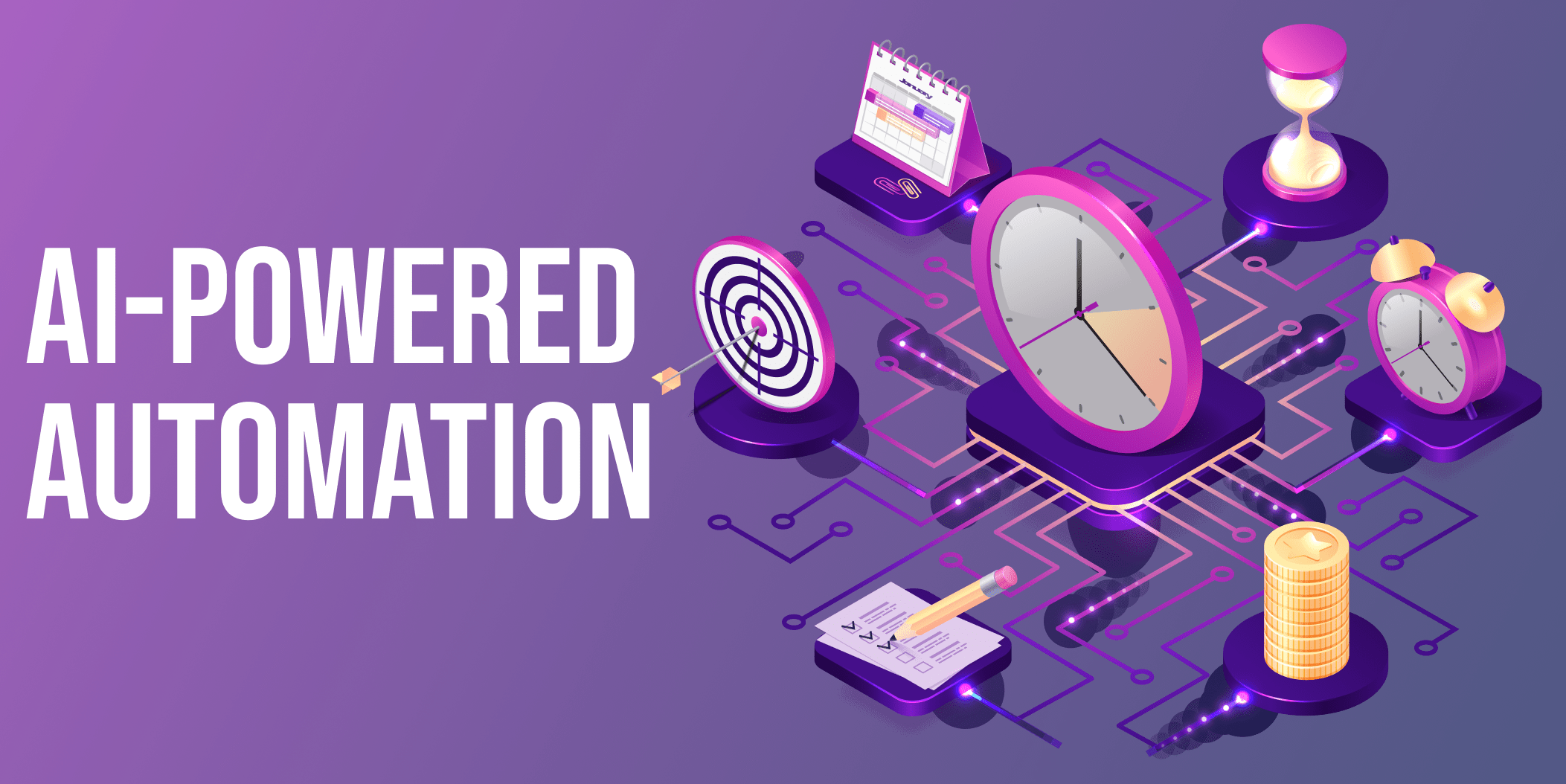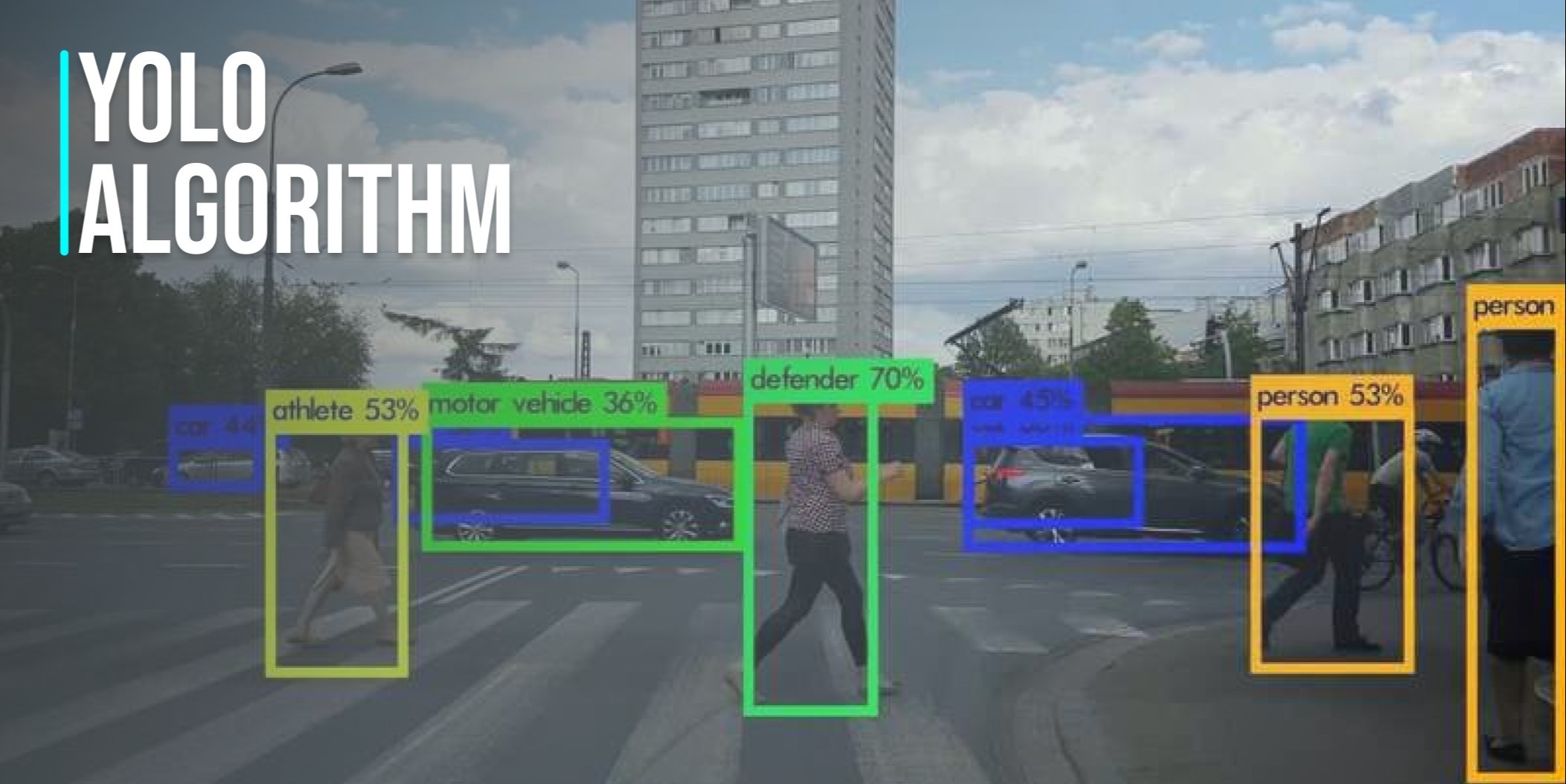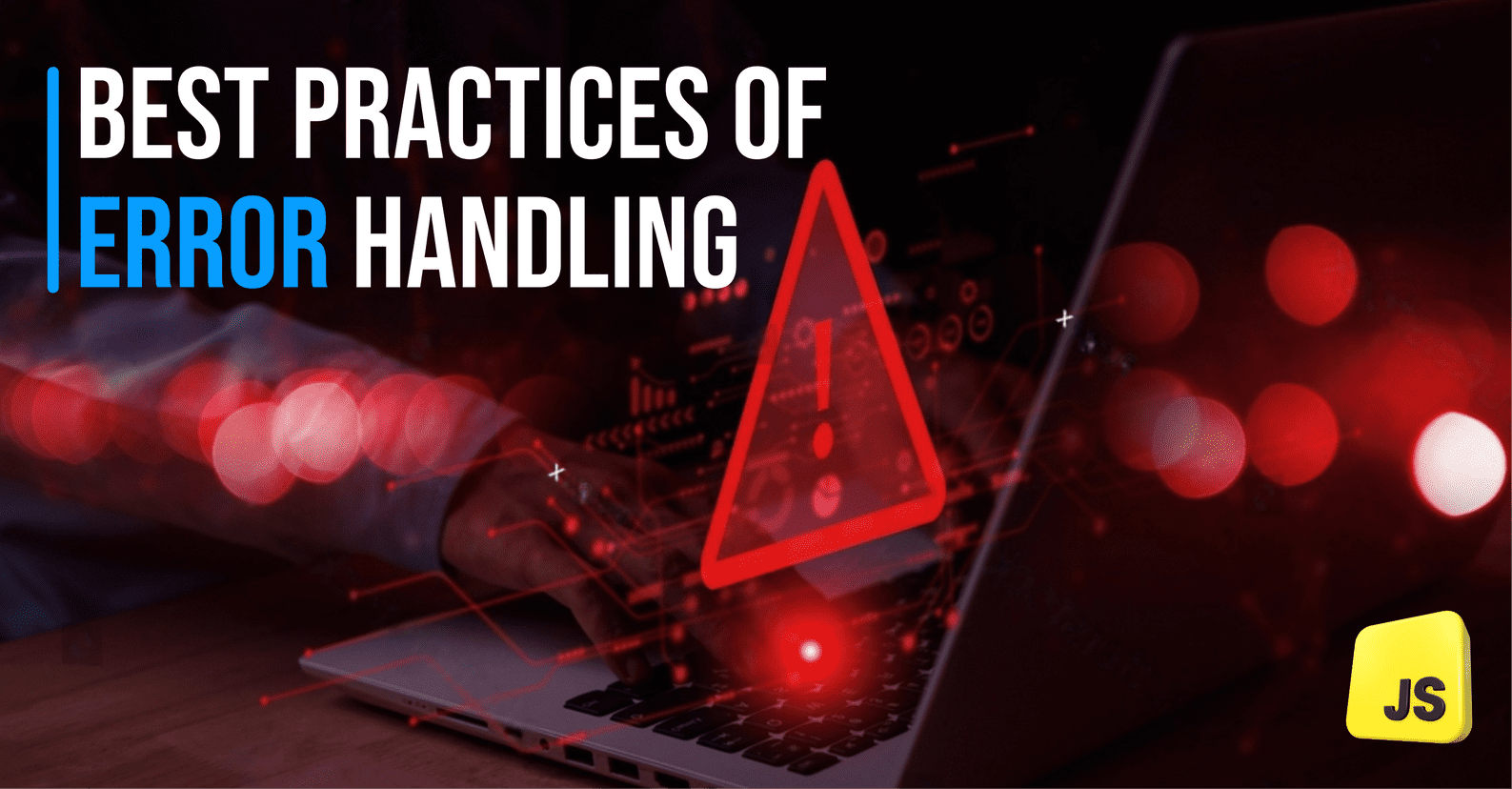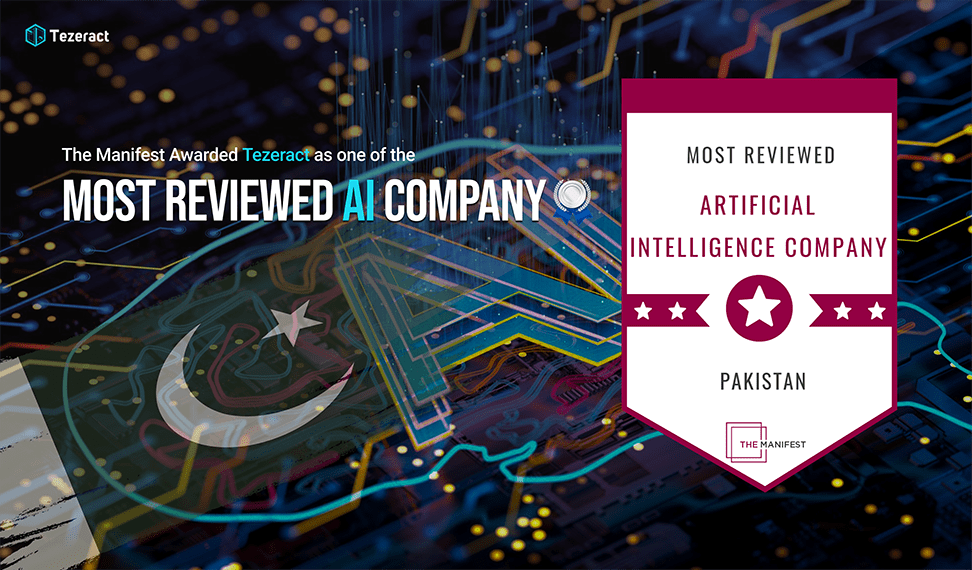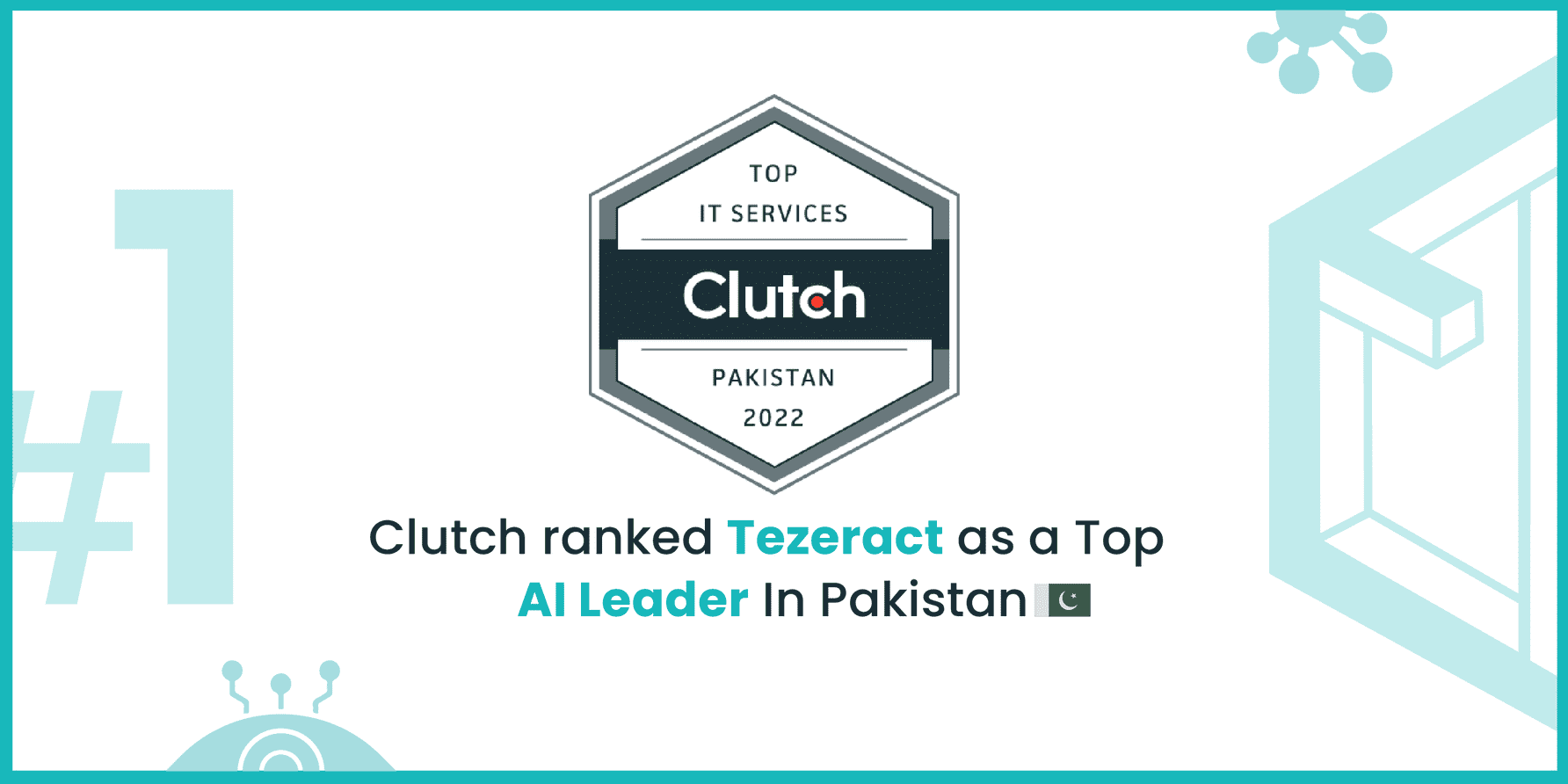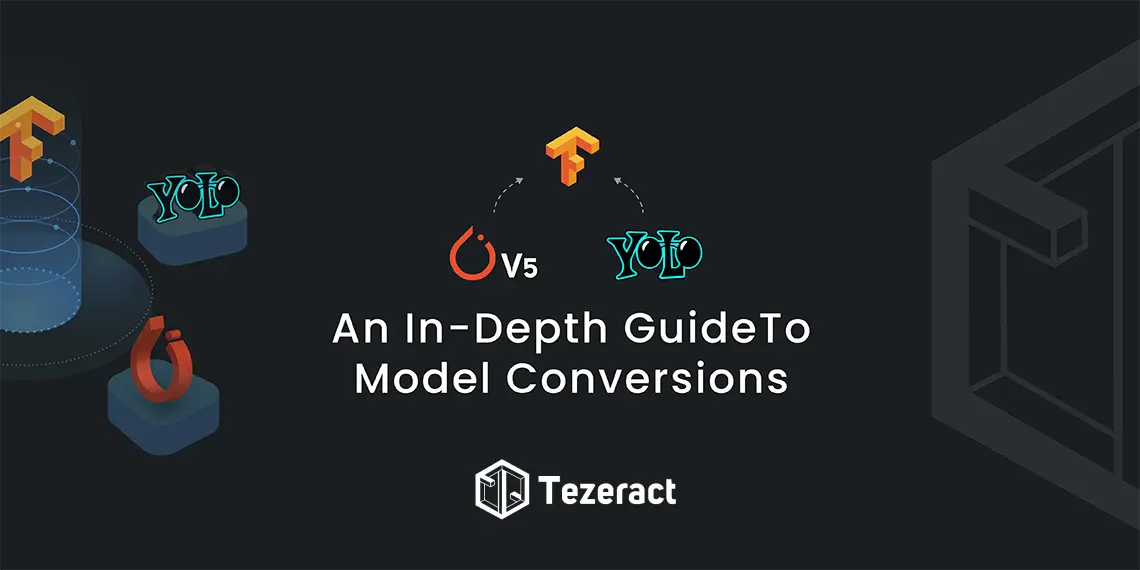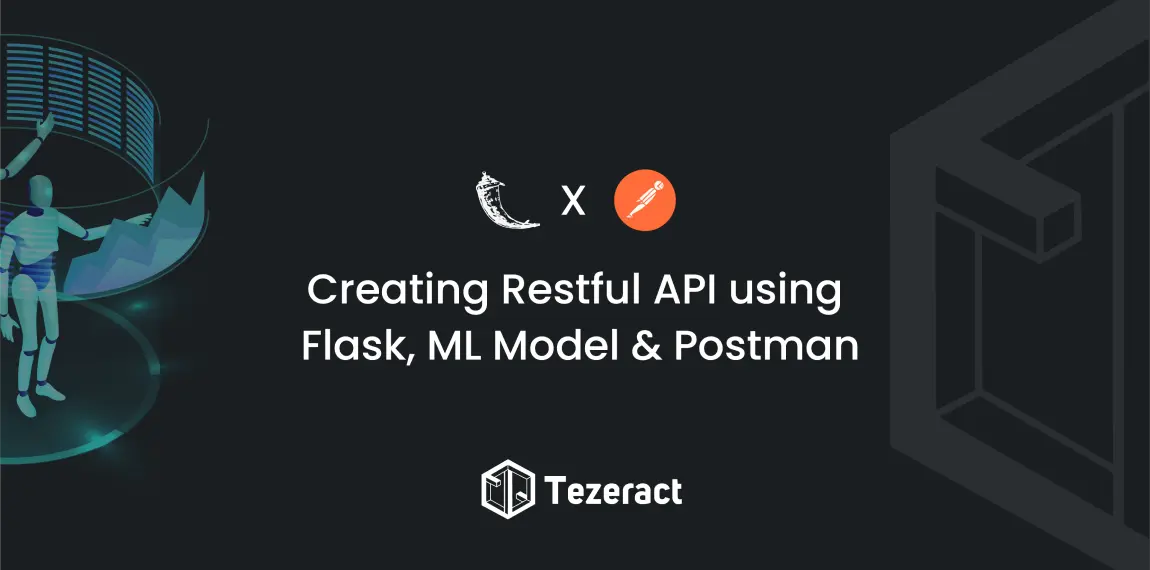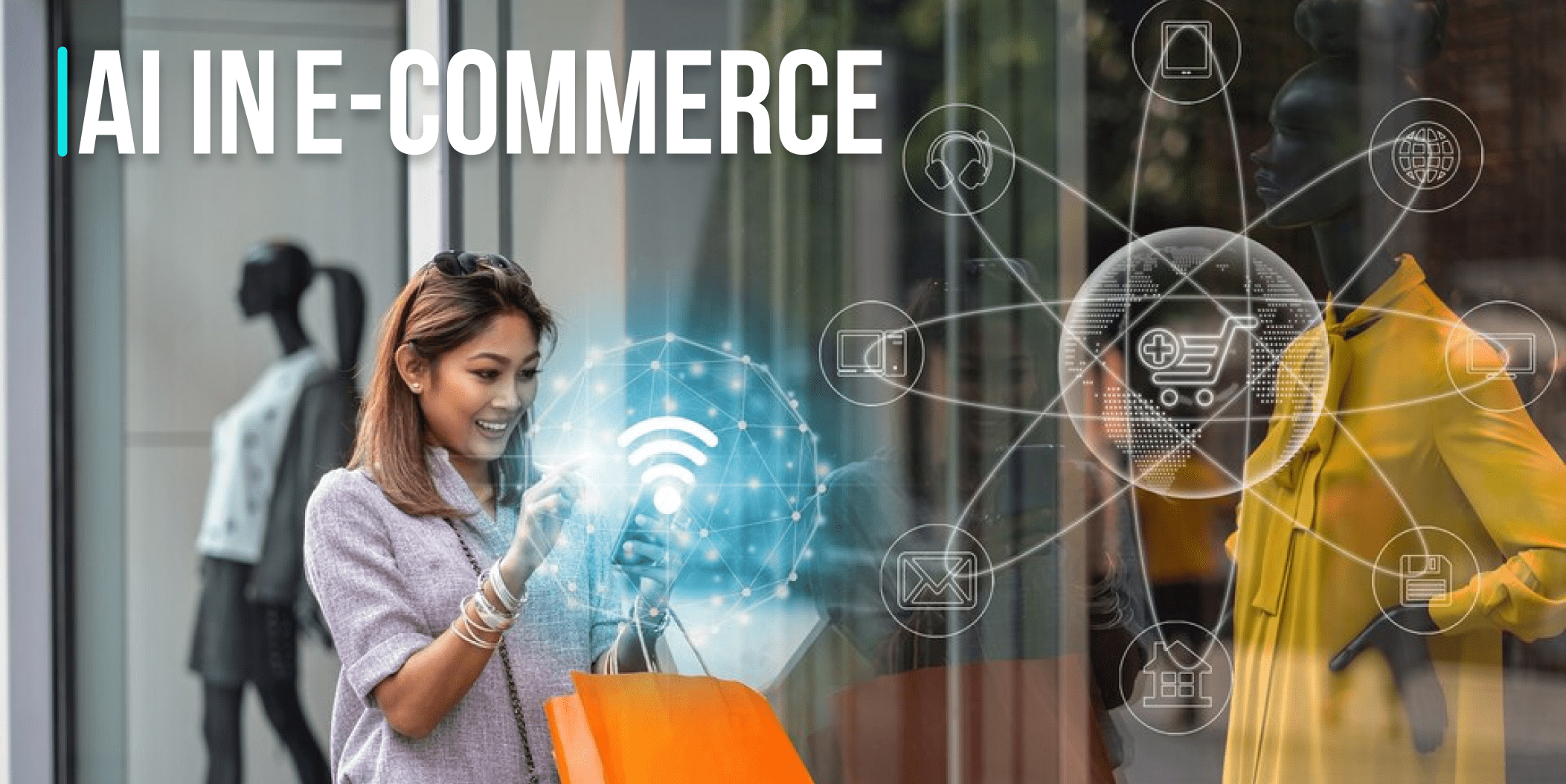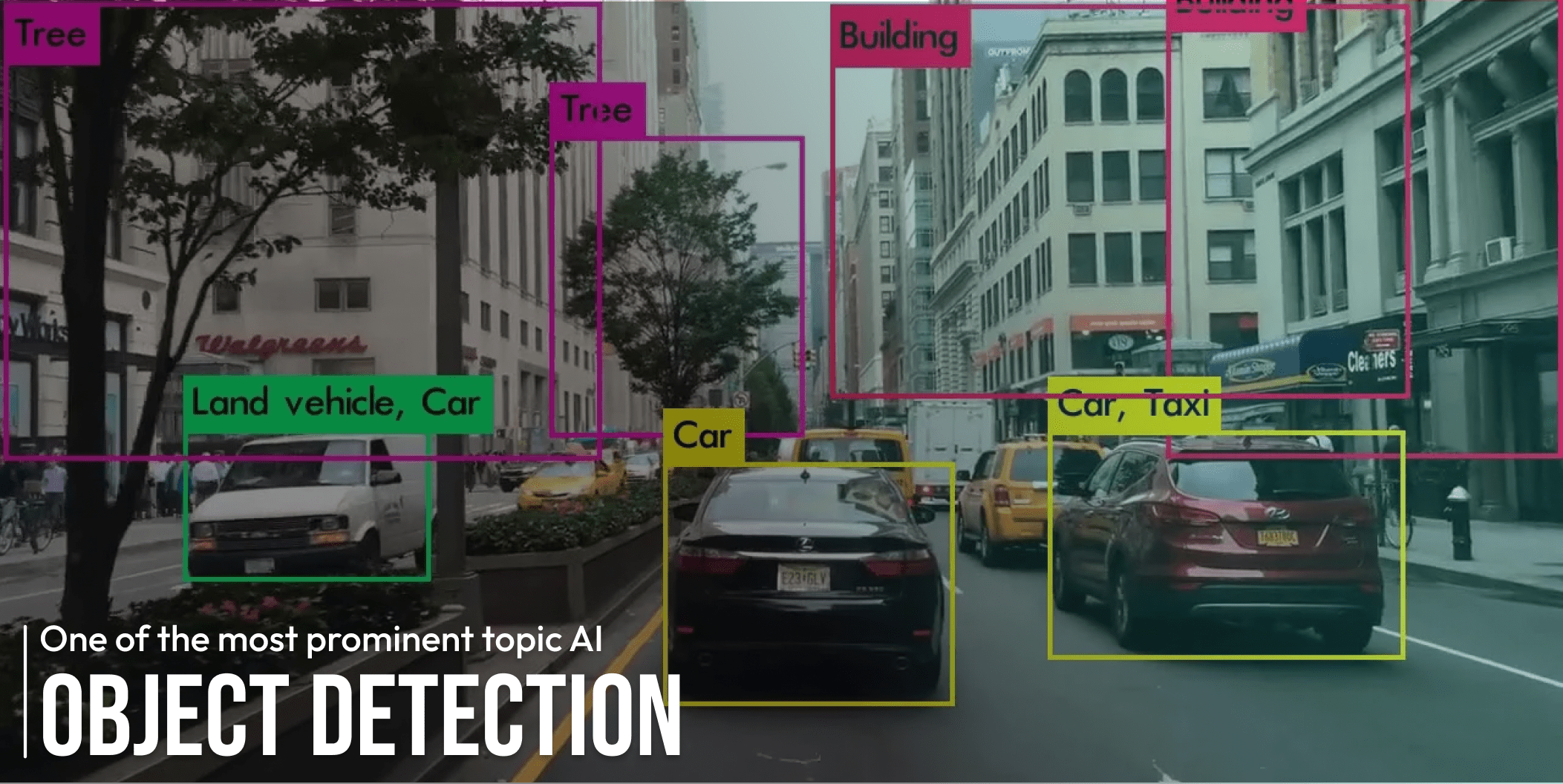Introduction
We all love sports, Right?
The excitement, the roar of the crowd, the competition, and the incredible feats of athletes, what if we told you that AI is making all of these even more incredible?
In a world where technology is everywhere, it’s not surprising that sports are getting a high-tech makeover. AI is helping athletes, coaches, and fans in new and exciting ways. Artificial Intelligence in sports is becoming increasingly prevalent, influencing areas ranging from post-game analysis and in-game activities to enhancing the overall fan experience.
In this blog post, we will explore how AI is transforming sports industry and revolutionizing the way athletes train, teams strategize, and fans engage with the game.
AI In Sports Industry
The sports industry is ready to use AI for data-driven decision-making. In the NBA, from 2015 to 2018, they found a 1.49% rate of incorrect decisions in close game finals after reviewing over 25,000 games.
Artificial Intelligence in sports isn’t just a buzzword; it’s a game-changer. For the sports industry, AI is finding numerous applications as its widespread use is evident in the projection that the AI segment of the sports industry will be worth $19.2 billion by 2030.
One practical application is utilizing AI to analyze vast datasets, uncovering valuable patterns and trends. These data-driven insights can enhance players performances, inform strategic choices, and provide deeper insights into the sport.
Applications and Use cases of AI in Sports
Performance Analysis
AI in sports industry helps analyze data to track fitness and performance levels, aiding coaches and officials in making smarter decisions and improving training.
Player Tracking
AI-driven cameras and sensors track players’ every move and collect detailed information about their movement, including their speed, distance traveled, position, and interactions. Coaches and analysts may use this data to maximize player performance by fine-tuning their plans.
For example, The NBA employs an AI-powered player tracking system that uses cameras and sensors to record the movements of players and the ball during games. This system provides teams with detailed data on player positioning, speed, distance covered, and more. Coaches and analysts use this information for performance analysis and strategic planning.
Biomechanics Analysis
AI identifies even the smallest biomechanical defects in an athlete, enabling tailored instruction to improve technique and avoid injury.
Video Analysis
AI-driven video analysis software dissects game footage minutely, labeling significant moments, player actions, and tactical trends. This data is used by coaches and analysts to acquire comprehensive insights for game planning.
For example, Hawk-Eye, an AI-based system, is widely used in tennis to review line calls and provide instant replays. It tracks the trajectory of the ball with high-speed cameras and computer vision algorithms, ensuring accurate line calls during matches.
Injury Prevention and Health Monitoring
In the world of sports, injuries may have a significant impact, including costs incurred from lost games, and the potential damage to playoff or division title hopes. To reduce such risks, several organizations are turning to artificial intelligence (AI) to monitor player health and predict future injuries.
Wearable Devices
Athletes wear AI-enabled gadgets that monitor vital signs, stamina and hydration levels, assisting teams in preventing injuries and optimizing player performance.
For example, Catapult Sports offers wearables that monitor athlete performance in real-time. These devices track metrics like heart rate, acceleration, and deceleration to prevent injuries and optimize training for athletes in various sports, including soccer, rugby, and Australian Rules Football.
Predictive Analytics
On the basis of previously collected information, AI systems estimate when a player is most likely to sustain an injury, allowing teams to adapt their training programs accordingly.
Personalized diet plan
AI diet plan makes use of machine learning to tailor different plans for individual players based on their demands and present scenario (does the following dayinclude a match or Is it a day for rest?)
Apps like FoodVisor leverage deep learning, particularly object recognition, to identify over 1,200 food types, estimate portion sizes, and generate speedy nutritional reports.
Game Strategy and Decision-Making
Opponent Analysis
In AI-driven analytics,t several hours of video are analyzed to evaluate opponents’ performances. Coaches can then come up with data-driven strategies, recognizing strengths and weaknesses to take advantage of.
Predicting future outcomes
For a while now, officials have used a lot of data to guess outcomes. However, when they rely on just first-half performance or stats like aces and scores for predictions, it’s not very accurate. Even sports doesn’t guarantee exact results, but it does improve human predictions a lot.
AI predicts match outcomes by considering factors such as:
- Team formation
- Goals scored
- Key passes leading to goal-scoring opportunities
- Number of passes between teammates
With these data points, AI analytic tools can provide highly accurate match predictions.
In-Game Decision Support
During matches, coaches receive live inputs from AI systems, allowing them to make quick and educated choices such as substitutions and tactical tweaks.
Video Assistant Referee
AI-powered VAR systems examine challenging decisions by examining video footage from different viewpoints. This improves impartiality and precision in officiating, eliminating human mistakes. As you may have seen in cricket, when a player gets run or stumped out the decision is sometimes taken by the third umpire who analyzes the footage of the scene and gets results.
Fan Engagement
Tailored Content
AI uses fan preferences, browser history, and social media interactions to give personalized information such as match highlights, player statistics, and news, which keeps fans interested and loyal.
Real-Time Insights
During live broadcasts, AI creates real-time data and predictive analytics, giving fans a better insight of the game’s dynamics and results.
Personalized experience
Sports teams are introducing AI-powered chatbots to enhance engagement with fans. Now, a fan can quickly ask questions, get live updates, and buy merchandise via chatbots
AR/VR, on the other hand, is providing immersive experiences for spectators, bringing the field to them rather than forcing them to cut through the stadium crowd. Furthermore, tailored recommendations and quick match highlights following the game demonstrate AI’s significance in sports fandom.
The best example of this is FIFA World Cup 2022 Qatar, where the FIFA+ app opened the door for fans to experience match days using different camera angles on their smartphones. All they had to do was direct the camera toward the pitch, and they would be able to see a specific player’s movement
Ticket Pricing and Venue Optimization
AI analyzes historical data, weather conditions, team performance, and fan demographics to improve ticket prices. It also assists in seating arrangements, delivering a balanced fan experience.
Automated Highlights
AI-driven highlights systems use video analytics to provide short highlights of any sports event, having only key moments involved like players getting scores, etc excluding all other irrelevant scenes, for the fans who are sports freaks but cannot manage to watch the whole game due to less time.
There are AI-powered tools that can generate automated sports highlights to entertain sports fans by providing them with short highlights of gameplay.
Recruitment and Scouting
Player Analytics
AI evaluates a wide range of player performance indicators, such as scoring rates, defensive prowess, adaptability, health, and decision-making skills. It helps in player recruitment by detecting latent potential and forecasting future success.
Training and Development
Personalized Training Programs
AI optimizes personalized training plans for individual athletes, adjusting routines based on performance data, injury history, and the points where each athlete needs assistance to enhance physical preparation and overall team performance.
Mental Conditioning
AI-powered mental health and performance applications assist athletes in managing stress, improving attention, and maintaining peak mental resilience.
Virtual Coaches
There are specially designed AI-powered virtual coaches that offer virtual training to each individual athlete by analyzing their weak points, monitoring their performance, and suggesting relevant poses for certain sports actions.
Automated Sports Journalism
Athletic journalism is a vital industry in which every element, from score statistics to data analysis, needs extensive coverage. The approaches used in this business have been substantially simplified by AI.
AI-powered platforms, for example, have the ability to translate score-related data into narrative material using Natural Language Processing (NLP). These systems make use of automated insights that combine smoothly with computer vision, allowing for the generation of interesting reports.
This is an exciting feature of AI’s involvement since even local events may be thoroughly covered without the need for authorities to be physically there.
Innovation
AI in sports industry is having a wave of innovations and is being used by sports equipment firms to produce more complex, performance-enhancing gear. Leading companies like Adidas and Wilson have been at the forefront of this movement. Adidas, for example, has developed an AI-powered soccer ball that automatically modifies its flight path for maximum accuracy. Wilson, on the other hand, has created a tennis racket that uses artificial intelligence to allow players to smash the ball with incredible force and precision.
The transformational power of AI extends beyond conventional sports. Among the fascinating uses are:
Golf clubs: AI enables golf clubs to include sensors that monitor the user’s swing. This data is then used to optimize the swing weight of the club for the specific user.
Running Shoes: AI-infused running shoes adjust their cushioning level based on the user’s weariness, which is detected by monitoring movement and heart rate. This guarantees maximum comfort and support during the run.
Bicycles: AI-powered bicycles combine GPS and traffic data to calculate the most effective path to the user’s destination, resulting in a smoother, quicker ride.
Explore How Tezeract Is Making An Impact On the Sports Industry
Tezeract has developed variety of AI tools for sports industry mainly targeting soccer and tennis. Let’s discuss our sports portfolio one by one.
FormOle
FormOle is a fully automated AI solution for sports, It ought to provide complete virtual coaching as well as serve as a social media platform for sports fans. The idea was to help sports enthusiasts to improve their sports experience without having to join any academy in person or hire a personal professional guide.
Upstar
Upstar is an AI-powered tool that offers virtual soccer training to teach soccer enthusiasts to master new skills and become pro in soccer. Upstar holds multiple skill-sharpening features like scorer, 20x with the ball, parker, mobility, and much more to improve the performances of athletes in soccer. It supports soccer clubs and coaches in identifying and scouting talented players, easing the talent hunt process.
Spintip
Spintip is a sports video analytic solution specially built for Tennis gameplay. Spintip allows users to upload a video or record a live video from the device for video processing and gets an automated highlighted video of the Tennis gameplay. It aims to entertain sports fans as well as save them time and energy by providing them with a summary of the entire match.
We are aiming to help more companies, clubs, and coaches in the future by leveraging ai in sports industry.
How you can use AI in your Sports
If you are an individual, a team, or a club can adopt AI in sports industry. Start by identifying your goals, and specific ways in which AI can help you, whether it is for automating repetitive tasks, providing virtual coaching, personalizing experiences, or preparing an effective game strategy. Once your goals are clear, you can select an AI tool.
Create a personalized tool
AI can help you with personalized experiences, task automation, recruitment, and scouting, among other things. You can create custom AI tools to meet your clubs, athletes, or sports needs.
You can also create a customized tool to meet the needs, and goals to gain a competitive edge in your sports sector.
Consult a specific vendor
You should consult with a specialized AI vendor to help you define your goals for designing AI-powered tools for your niche.
Building partnerships with AI experts and technology providers can facilitate the integration of AI into sports operations.
Conclusion
AI in sports industry is more than a trend; it’s a revolution that’s changing the way we play, watch, and evaluate sports. The benefits of AI, from performance analysis to injury prevention, are apparent.
However, it’s critical to address ethical concerns and guarantee that the use of AI in sports industry is fair and responsible. As AI evolves, its role in sports is projected to expand, delivering an even more interesting and data-driven future for players and spectators alike.
AI is quickly becoming an important component of the sports industry and will have a huge influence in the future. Applications of ai in sports
If you want to create AI-enabled solutions for your company? Please contact us.
We are an award-winning technology firm with extensive expertise in creating spectacular digital success stories for a wide range of businesses.
Let’s speak about it and join the wave of innovation

